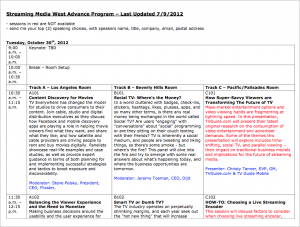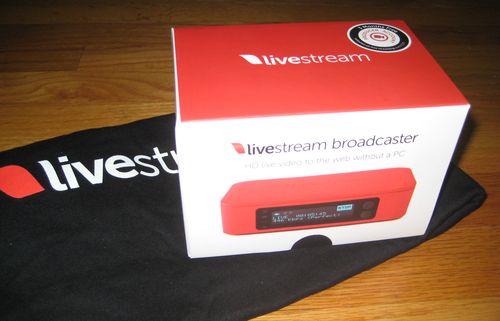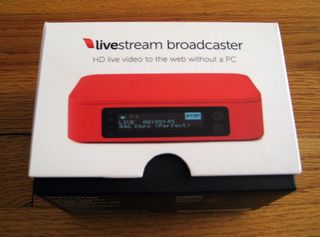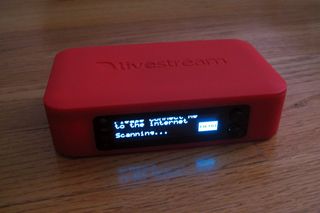 The advance program for the Streaming Media West show, taking place Oct. 30-31 in LA, has been completed. I have included the entire program at the end of this post, or you can download a PDF of it here. In the next week or two it will be added to the West website along with online registration.
The advance program for the Streaming Media West show, taking place Oct. 30-31 in LA, has been completed. I have included the entire program at the end of this post, or you can download a PDF of it here. In the next week or two it will be added to the West website along with online registration.
If you want to speak or place someone else as a speaker, please look over the agenda and let me know the top (2) sessions you would like to be involved in. Sessions in red are not available and I am no longer accepting any new session proposals. Aside from any last-minute cancellations, the list of session topics and entire agenda is now final. If you are interested in speaker placement for the Enterprise Video Conference, that will open up shortly and I’ll have more details on that soon.
I will no longer hold spots for companies for months at a time. I plan to place speakers much faster than I have in previous years and while I will still be happy to hold spots while you confirm with a speaker or check schedules, I will not hold them indefinitely. Companies that want to be involved are going to have to decide and confirm much faster than previous years. I can’t continue to have companies say they want to speak, but then wait months for them to decide on the details. If you wait until after the summer to decide, I guarantee most spots will be gone.
Whenever I post the advance program I get tons of emails from people who simply reply and say, “I want to speak”. They don’t include any details on who they are, what their background is, what their company does, what topics they can speak to, what previous shows they have spoken at or why they should be selected. Emails like that will be ignored – unless you have spoken at the show in the past and I know who you are. If you want to speak, you must include the details I need to consider you.
If you have any questions about the speaking or selection process, call me (917-523-4562). I am happy to speak to anyone, at anytime, to help make the speaker selection process as easy as possible for you and I always answer and return all calls.
Click on the “continue reading” link to see the advance program.
Continue reading »








